Buy Gymnopilus Subearlei Online
$170.00 – $410.00
Gymnopilus stabilis (Fungi, Agaricales), a very rare species of unclear identity described from Europe, was revised using morphological data and phylogenetic affiliations derived from ITS rDNA sequences. Collections from the Czech Republic, Germany, and Russia plus reference vouchers of related or similar species were studied.
Buy Gymnopilus Subearlei Online
Gymnopilus subearlei Taste mild with slight bitterness. Pilei mostly applanate. Lamellae rather pale and mostly adnate with a decurrent tooth to slightly decurrent. Some individuals with green stains on pileus surface. Erect purplish, conical squamules at disc which should be viewed in handlens, otherwise appressed as they radiate out toward the margin. Stipe purplish silky striate. Flesh pale, yellowish in stem and bright yellow at base. Pileus context pale, becoming yellow where the context meets the hymenium. KOH makes flesh turn darker sordid watery without a flash of yellow. Veil arachnoid and well developed in the two large basidiomes, but evident as a ragged zone at the stipe apex in most individuals or absent or sometimes evident on the margin. Spores about 7×5 with asperulate warts. All cystidia with brown pigment or hyaline. Abundant brown clavate pseudocystidia. Lactiferous hyphae seen in stipe tissues.
Badidiomes present a range of sizes, especially in pileus diameter and stature of the stipe. Likewise the condition and even presence of the partial veil varies greatly from individual to individual, as well as the evidence of green staining.
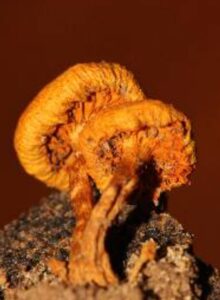
Buy Gymnopilus Subearlei Online
Gymnopilus stabilis (Fungi, Agaricales), a very rare species of unclear identity described from Europe, was revised using morphological data and phylogenetic affiliations derived from ITS rDNA sequences. Collections from the Czech Republic, Germany, and Russia plus reference vouchers of related or similar species were studied. Gymnopilus stabilis sequences form a moderately supported but distinct clade in a lineage containing G. swaticus and a Gymnopilus collection of unknown identity from the USA. The G. stabilis lineage is sister to the G. sapineus clade, a group of species with low divergence in ITS rDNA region. This whole, well-supported group is clearly distinct from the lineage of G. penetrans, a species with which G. stabilis has sometimes been confused. Morphological characters of a recent, well-documented Czech collection of G. stabilis are described in detail and compared with the German and Russian ones. A literature review confirms that the taxonomic concept of G. stabilis has not substantially changed over time. In order to consolidate the taxonomy and nomenclature of this enigmatic species, lectotype and epitype are designated here for G. stabilis, and key diagnostic characters are highlighted. The taxonomic concepts of G. sapineus and G. penetrans are further specified based on well-documented, sequenced reference collections. Moreover, the position of G. hybridus is briefly discussed. The identification of several GenBank entries of G. stabilis, G. sapineus, and G. penetrans is revised in order to fix species concepts in this fascinating group of wood-decaying fungi.
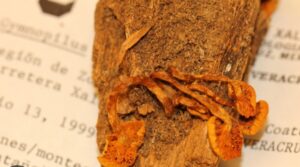
| Weight | 100G, 10G, 20G, 50G |
|---|
Be the first to review “Buy Gymnopilus Subearlei Online” Cancel reply
Related products
Mushrooms
Mushrooms
Mushrooms
Mushrooms
Mushrooms
Mushrooms
Mushrooms
Mushrooms

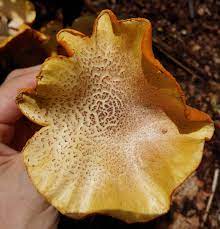
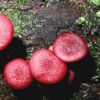
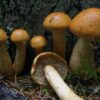
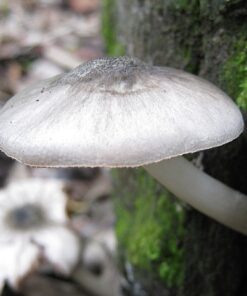
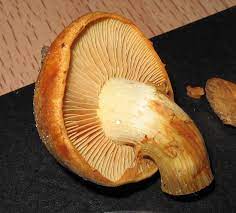
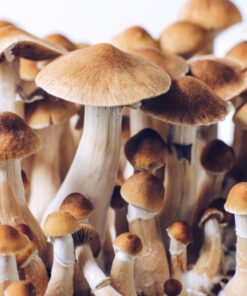
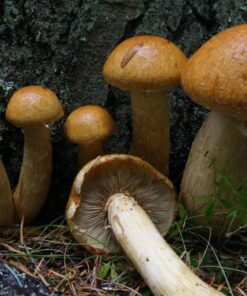
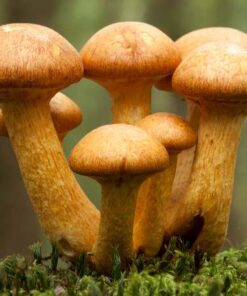
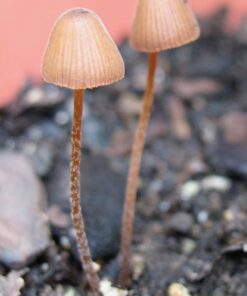
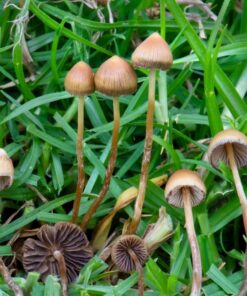
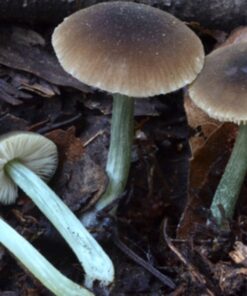
Reviews
There are no reviews yet.